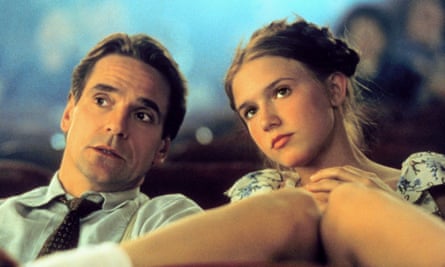We are all familiar with the gut-wrenching, disturbing images of the German Student Union burning books under the Nazi regime. It’s less well known, perhaps, that the photograph we often associate with this time shows the burning of the libraries of Dr Magnus Hirschfeld, the first man – that we know of – to use the term transsexual and perform gender confirmation surgery on Lili Elbe (as seen in the film The Danish Girl).
Rarely would we see book burnings today, but routinely books are challenged or banned on grounds of impropriety. Let’s start with a personal example. My guide to gender, sexual identity and LGBTQ sex education, This Book Is Gay (2014), was challenged in Wasilla, Alaska, when a parent discovered the title in the children’s non-fiction section of her local library. I concur that it is not a children’s book; it’s for young adults. I agree it should be shelved appropriately in libraries. However, before long, locals demanded that the book be removed entirely. I’m pleased to say the title remains in the YA section of Wasilla public library.
Today books are most commonly challenged where religion and state are closely tied, but the UK has form when it comes to banning books. DH Lawrence’s Lady Chatterley’s Lover (1928) famously had to go through the courts to be published in its entirety in 1960. “Is it a book that you would even wish your wife or your servants to read?” the prosecution asked. The book was printed uncensored for the first time in the UKand led to a literary sexual awakening not seen again until Fifty Shades of Grey mania half a century later.

The furore surrounding Vladimir Nabokov’s Lolita (1955) has, I’d argue, elevated it above its actual merit. When the Sunday Times named it as one of the best books of that year, the Sunday Express denounced it as “sheer unrestrained pornography”. It was soon banned and British customs seized all copies entering the UK. The controversy later led to the downfall of Tory politician Nigel Nicolson, who was closely involved with its publication in 1959.
The most commonly challenged books are aimed at children, and they often feature talking animals that are deemed culturally insensitive. As such, AA Milne’s Winnie-the‑Pooh (1926), EB White’s Charlotte’s Web (1952) and even George Orwell’s Animal Farm (1945) have been repeatedly banned from schools throughout the world. More recently, both JK Rowling’s Harry Potter series and Philip Pullman’s revolutionary His Dark Materials have been removed from classrooms and libraries on the grounds of blasphemy and promoting witchcraft.
And a final honourable mention for one of the most challenged books of all time: And Tango Makes Three by Justin Richardson and Peter Parnell (2005). This charming picture book, based on a true story, tells the tale of two male penguins in Central Park Zoo who adopt and hatch an egg to raise a chick. This has been among the top 10 challenged books in the US seven times, with the group Focus on the Family calling it “a very disingenuous, inaccurate way to promote a political agenda to little kids”.

Comments (…)
Sign in or create your Guardian account to join the discussion